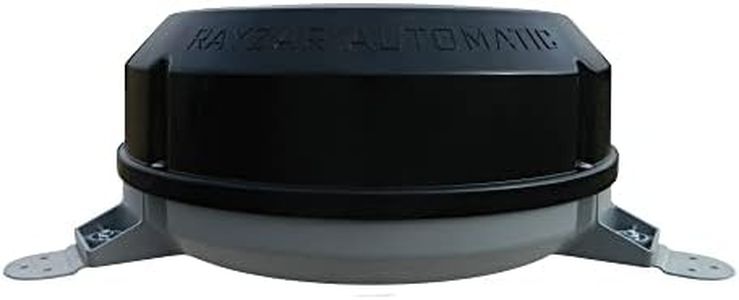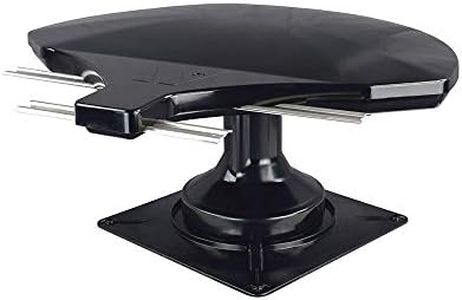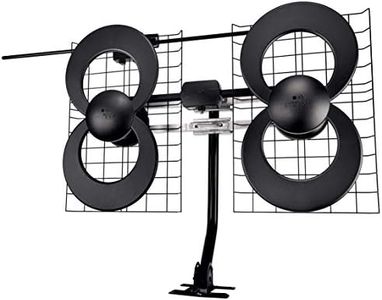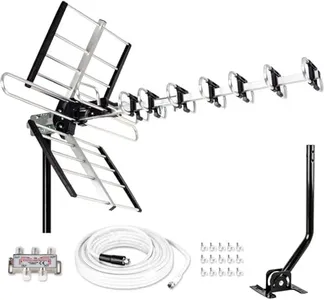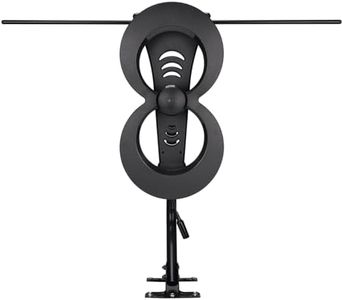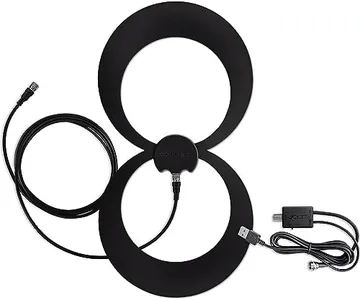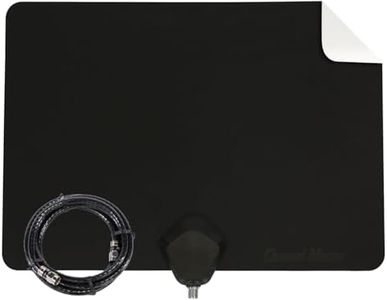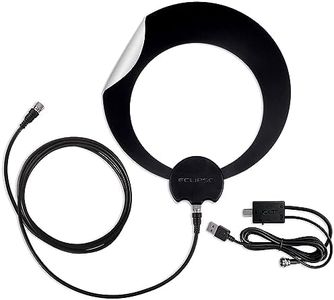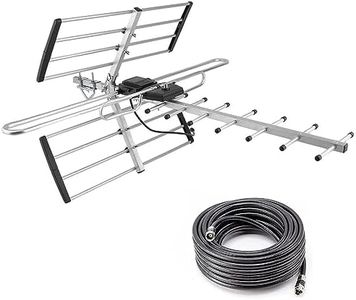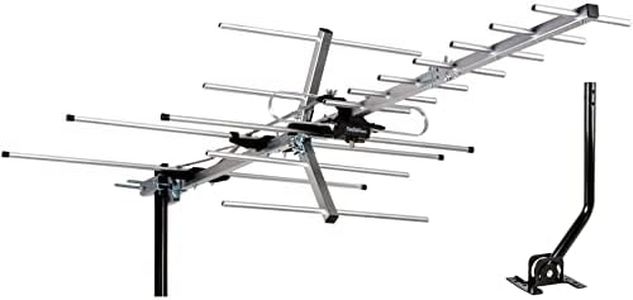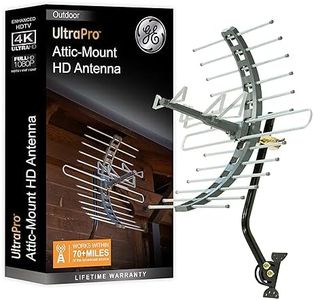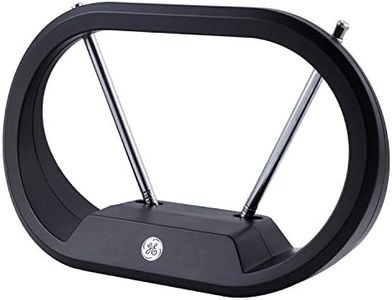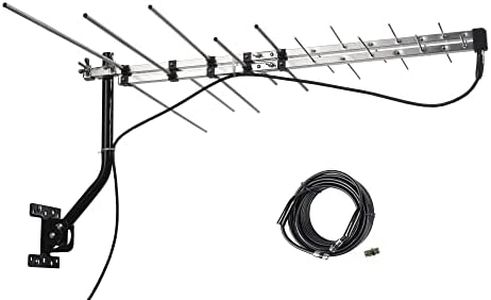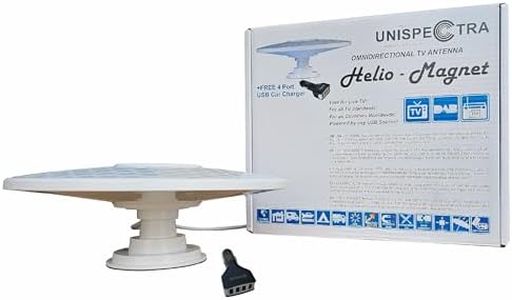We Use CookiesWe use cookies to enhance the security, performance,
functionality and for analytical and promotional activities. By continuing to browse this site you
are agreeing to our privacy policy
10 Best Digital Antennas
From leading brands and best sellers available on the web.Buying Guide for the Best Digital Antennas
Choosing the right digital antenna can significantly improve your TV viewing experience by helping you access more channels with better quality. When shopping for a digital antenna, it's important to understand your location and what channels are available in your area. Consider where you'll be placing the antenna (indoors or outdoors), what type of TV signals are being broadcast nearby (UHF or VHF), and how far you are from transmission towers. With these factors in mind, focusing on the key specifications will help you choose a model that matches your home setup and viewing needs.Antenna Type (Indoor vs. Outdoor)Antenna type is about whether the antenna is designed for use inside your home or outside. Indoor antennas are smaller and easier to install but may not pick up as many channels, especially if you are far from broadcast towers. Outdoor antennas are larger and usually mounted on rooftops for better reception and range, but require more effort to install. If you live close to TV towers, an indoor antenna may be sufficient; if you’re in a rural or suburban area further from signals, an outdoor option is often better.
Reception RangeReception range is the distance over which an antenna can pick up broadcast signals, usually measured in miles or kilometers. Lower range antennas (up to 30 miles) suit people who live close to broadcast towers, while medium (up to 50 miles) and long-range (over 60 miles) models are better for those farther away. To determine what you need, check the distance from your home to the nearest TV transmitters and choose an antenna with a range slightly greater than that distance to ensure consistent reception.
Signal Support (UHF/VHF)TV signals are broadcast in two main frequency bands: UHF (Ultra High Frequency) and VHF (Very High Frequency). Some antennas only support UHF, some only VHF, and others both. Since channels in your area may use either band, it’s best to pick an antenna that can receive both UHF and VHF signals. You can check which channels are in each band locally, but for most users, a combined UHF/VHF antenna ensures you don’t miss out on available channels.
Amplification (Powered vs. Passive)Amplification refers to whether an antenna uses electronic components to boost weak signals (amplified/powered) or not (passive). Amplified antennas can help bring in distant or weak channels, but may also pick up more interference in areas with strong signals. Passive antennas are simpler and work well in areas with good signal strength. If you’re unsure, consider your distance from towers—choose amplification if you are far away or have signal obstacles like buildings or trees.
Mounting and Placement OptionsAntennas offer different mounting and placement styles — from desktop and window-mount indoor units to roof or attic-mount outdoor models. The right mounting option depends on your living situation and the physical obstacles between your home and the broadcast towers. For apartments or temporary setups, low-profile indoor units are easiest, while owners of homes with clear access to rooftops may benefit from sturdy outdoor models for maximum range.
Cable Length and Connection TypeThe cable that connects your antenna to your TV not only affects flexibility in placement but also signal quality. Short cables limit where you can place the antenna, while longer cables allow more freedom but can sometimes cause signal loss. Most antennas use a standard coaxial cable for connection. Before choosing an antenna, consider how far it will be from your TV and if the cable provided covers that distance, or if you’ll need an extension.
